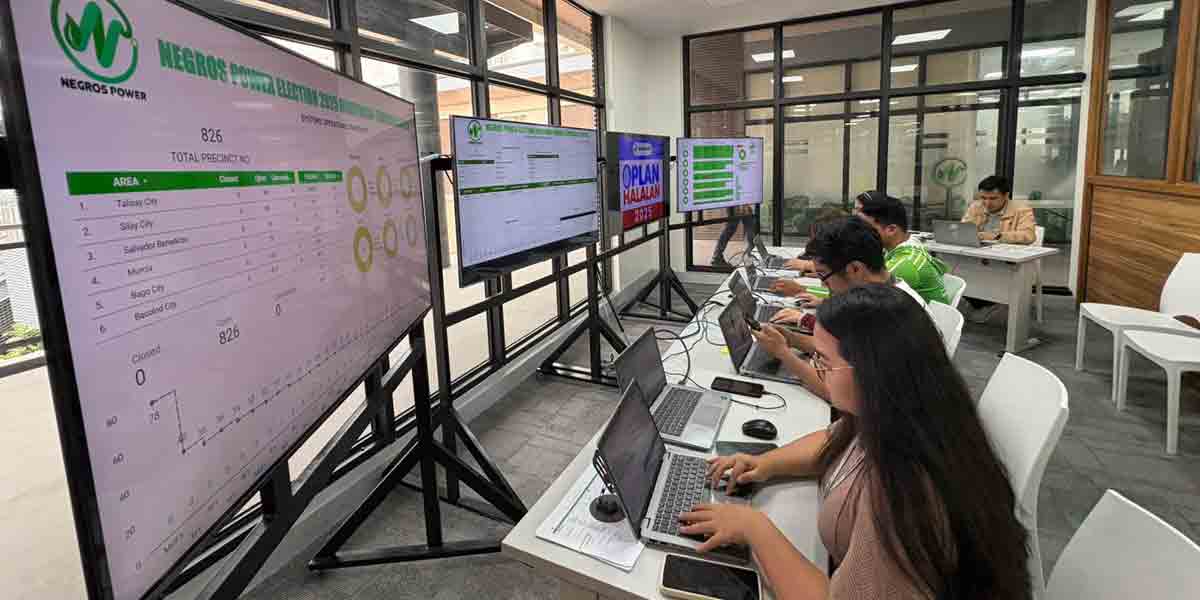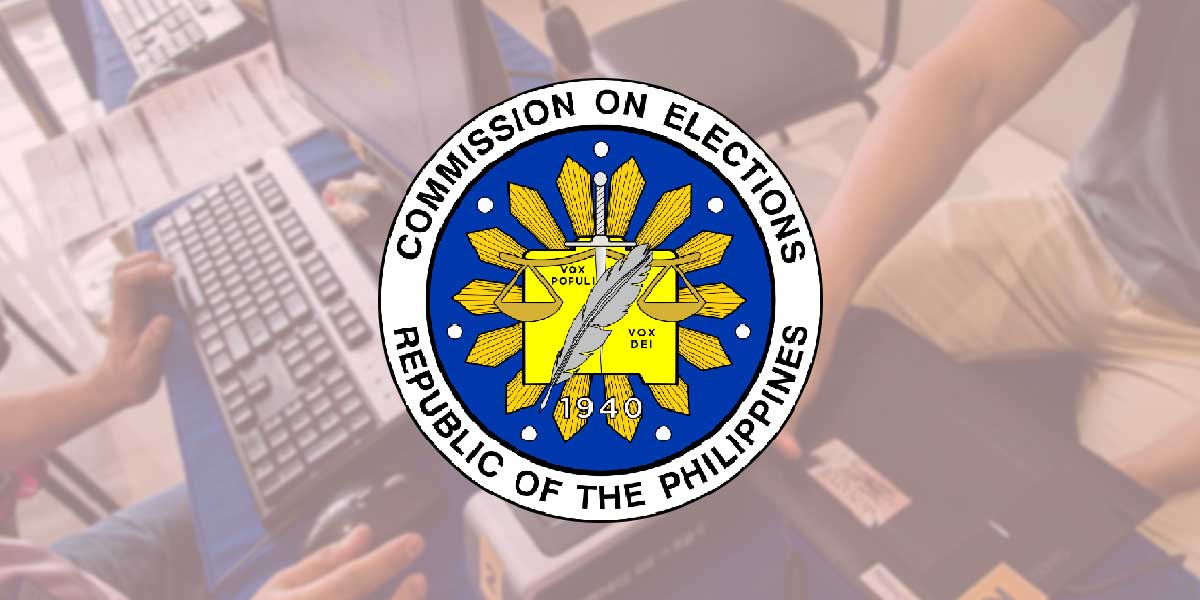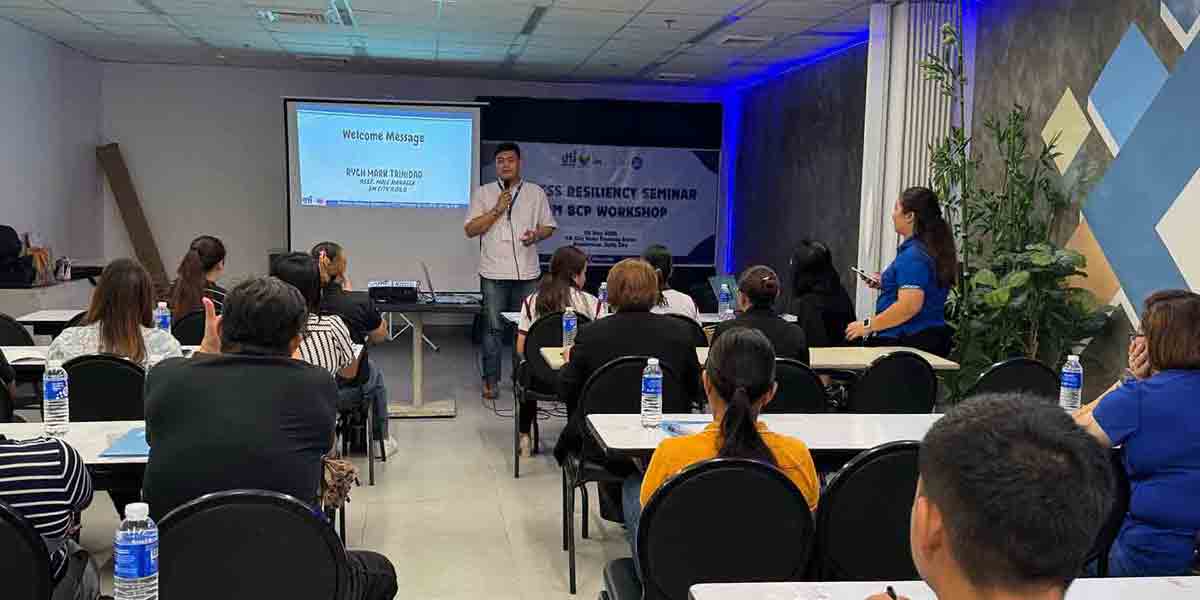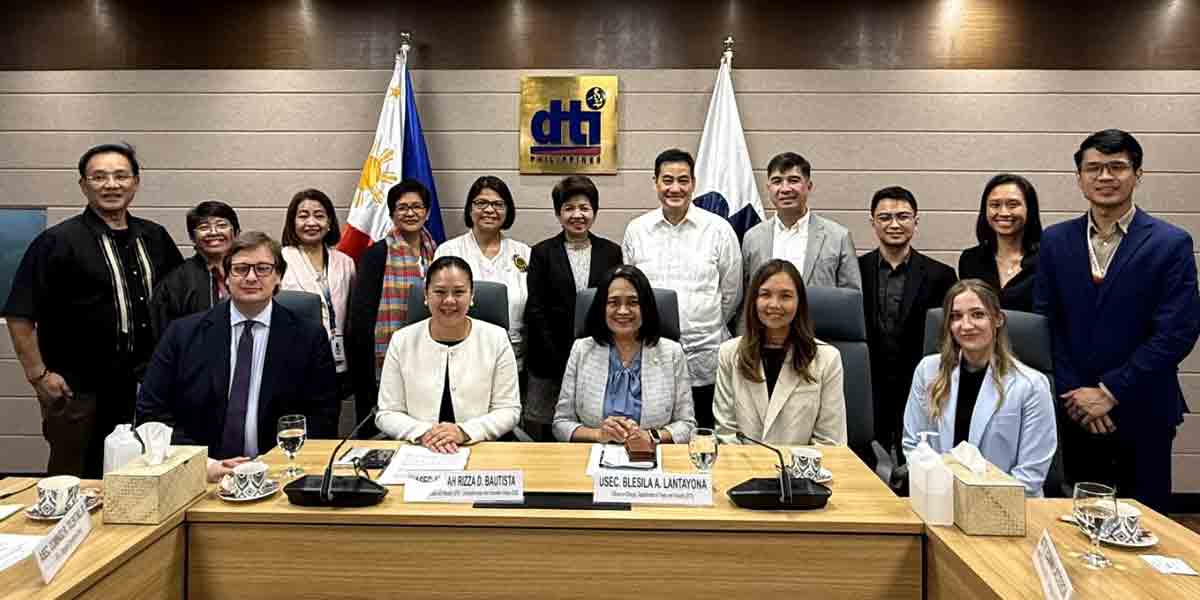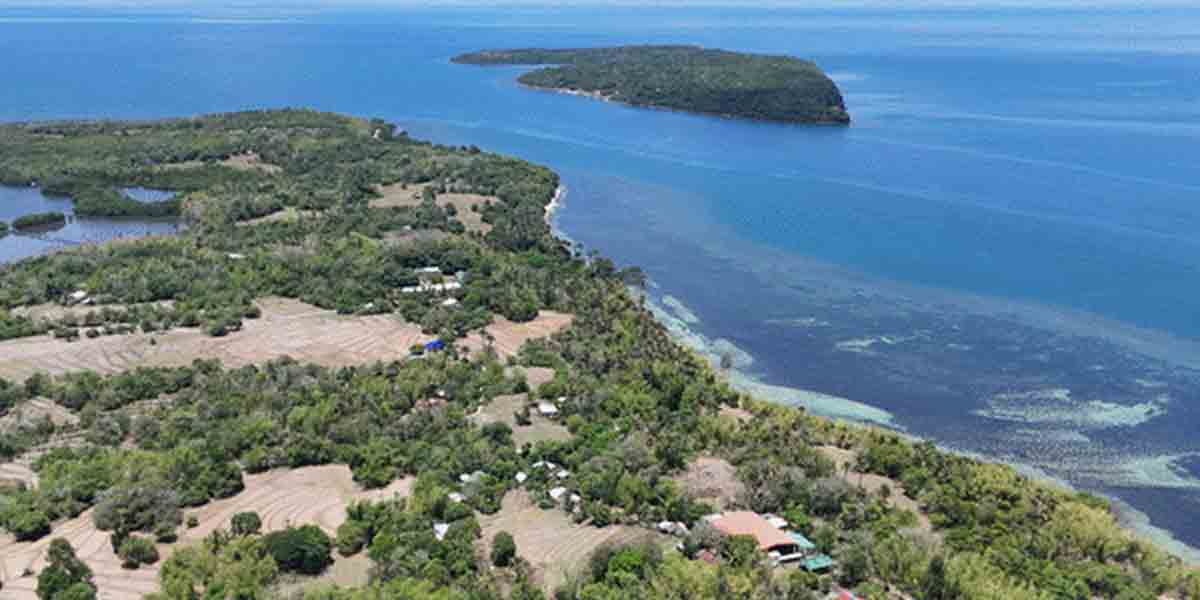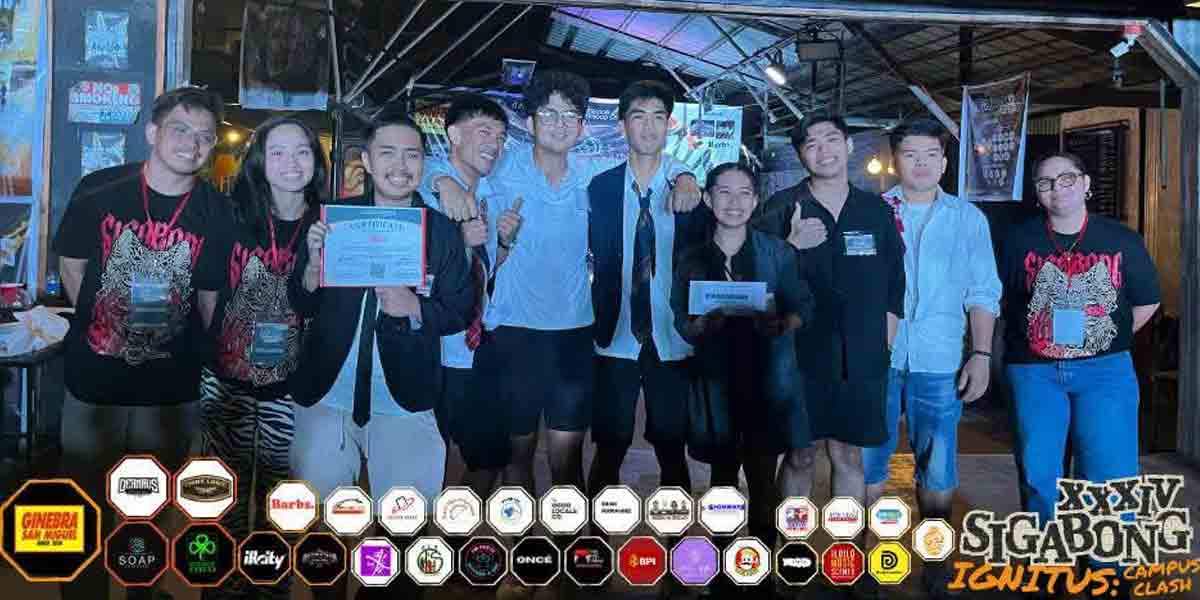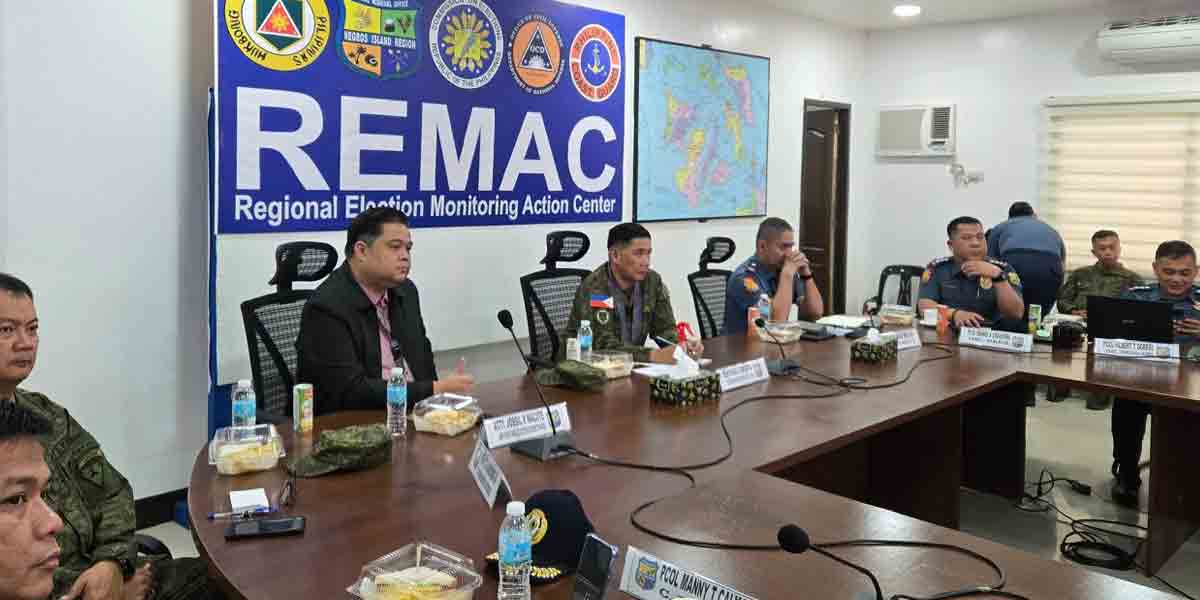The tourism industry in Iloilo has faced significant challenges, particularly in the wake of the COVID-19 pandemic.
Despite some recovery, the sector has not reached its full potential, necessitating a strategic, data-driven approach to rejuvenate tourism in both Iloilo City and the province.
Data from the Institute of Contemporary Economics (ICE) highlights that while domestic tourism remains a significant driver of the industry in the Philippines, Iloilo’s contribution has been minimal.
In 2022, the sectors of Accommodation, Food Service, Transportation, and Storage made up only 7.6% of the province’s GDP and 7.4% for Iloilo City, a drop from pre-pandemic levels.
The tourism sector in Iloilo City and the province combined is valued at less than P20 billion, a small fraction of the P1.4 trillion national tourism gross value added in 2022.
One of the key issues identified is the underutilization of Iloilo’s unique assets. Despite its rich heritage, vibrant food scene, and cultural festivals, the city and province have struggled with effective marketing and infrastructure development.
Investment in infrastructure is critical to hurdle the sluggish recovery. Iloilo needs more upscale resorts, improved airport facilities, and increased airline frequencies to meet potential demand.
The city has already made strides in improving accessibility, with projects aimed at upgrading the Iloilo International Airport and enhancing transportation networks. These improvements are essential to attract both domestic and international tourists.
Effective marketing strategies are necessary to differentiate Iloilo from other destinations. The “Visit Iloilo” campaign is a promising start, but it needs more substantial support.
Creating a comprehensive catalog of attractions and leveraging digital platforms for promotion can help tell Iloilo’s story compellingly and attract a wider audience.
Iloilo’s potential extends beyond traditional tourism. The discovery of the Habenaria gibsonii var. foetida orchid in UP Visayas has sparked interest in ecotourism. The university’s plan to develop an eco-trail with educational signages and a botanical facility could serve as a model for other eco-parks.
Medical and wellness tourism also presents untapped opportunities. With a growing interest in health and wellness services, Iloilo’s existing healthcare infrastructure could be a cornerstone for developing this niche market.
Tourism expenditure on health and wellness services increased from 18.6% in 2019 to 22.5% in 2023, indicating significant potential.
Engaging local stakeholders is vital for the success of tourism initiatives. Programs that demonstrate the benefits of tourism, such as street markets and pedestrian zones, can garner public support.
The pedestrianization of Calle Réal and the redevelopment of the Central Market through a public-private partnership are examples of successful community-driven projects.
The road to reviving Iloilo’s tourism industry requires a multifaceted approach that includes infrastructure development, strategic marketing, and community engagement.
Using its unique cultural and natural assets and addressing current challenges through innovative and inclusive strategies, Iloilo can reclaim its position as a premier tourism destination in the Philippines.
The seeds for Iloilo’s tourism revival are sown, but realizing its potential will require a proactive, well-supported plan to ensure these seeds grow and flourish.

